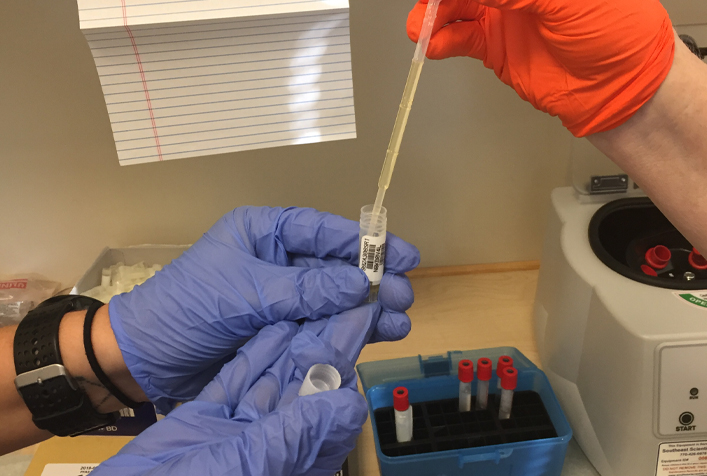Nationwide PFAS Exposure Assessment

Project Brief
The Challenge
Concerns about exposure to per- and polyfluoroalkyl substances are ever growing. Through manufacture and use, PFAS have been released to the environment and detected in water, soil, dust, air, and biota. Based on national-level data, most people have some amount of PFAS in their blood. But how do PFAS blood levels in those exposed to PFAS in drinking water compare with national averages? The Agency for Toxic Substances and Disease Registry sought ERG’s support in addressing this question.
ERG's Solution
ERG assisted ATSDR in conducting statistically based exposure assessments in eight communities near current and former military bases known to have had PFAS in their drinking water. Following strict data management and data quality protocols, ERG supported all facets of data collection. We first researched individual sites to identify potentially exposed populations and define sampling boundaries, and then we recruited and enrolled participants from those sampling pools. We set up data collection centers in each community for 1 to 2 weeks, collecting and processing biospecimens (blood and urine) from and administering questionnaires to more than 2,000 adults and children across the eight sites. We also collected dust and water samples from a subset of participant homes and then conducted extensive data analysis, including site-specific descriptive statistics, univariate analysis, multivariate regression modeling, and associated sensitivity testing. We generated and distributed result letters to individual participants and prepared detailed site-specific reports describing key assessment findings. At the end of the project, we provided ATSDR with an aggregate report documenting findings and trends across all eight sites.
Client
Agency for Toxic Substances and Disease Registry